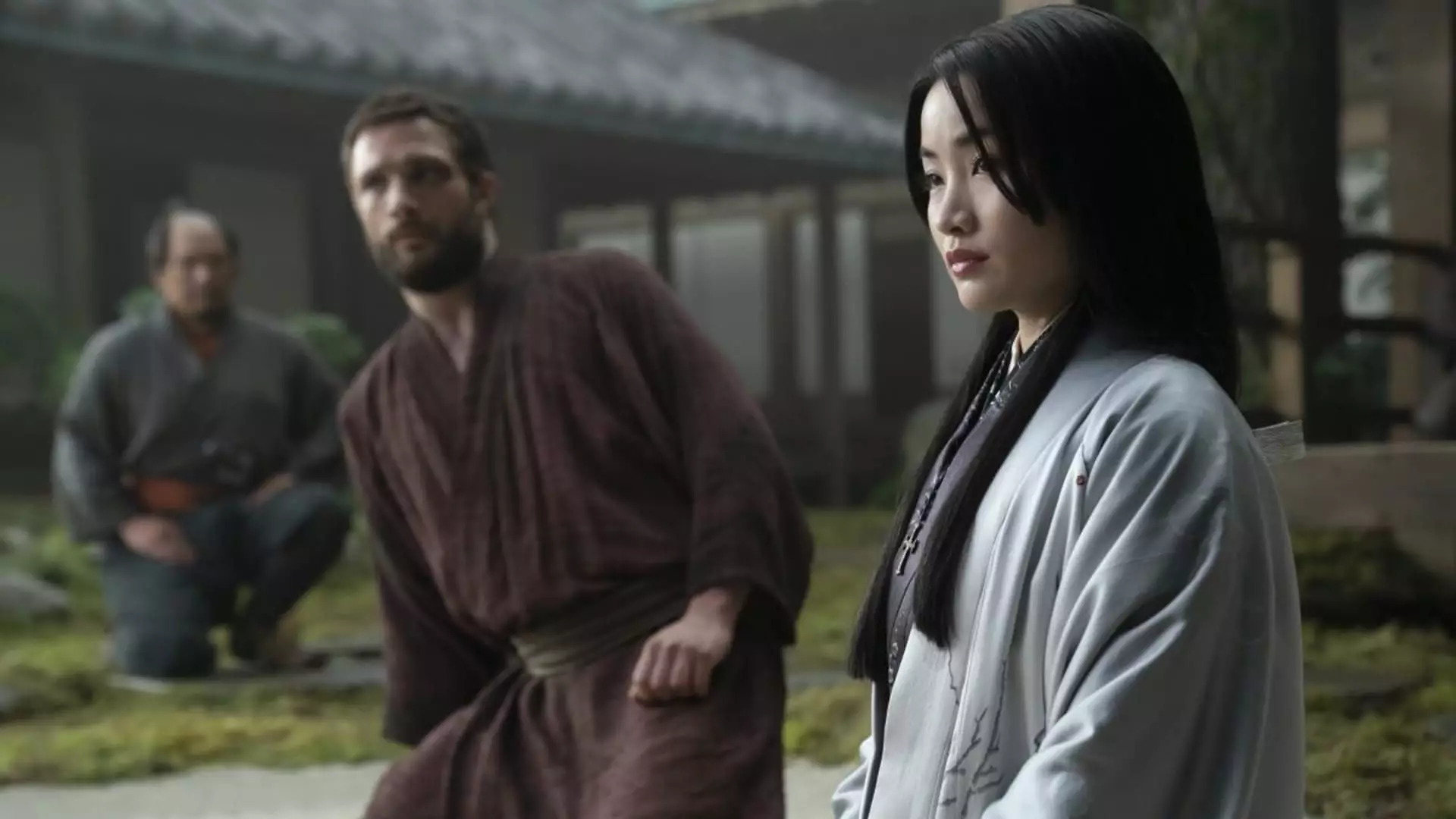As the media landscape continues to evolve rapidly, corporations find themselves navigating increasingly complex business decisions. The Walt Disney Company, a giant in the entertainment sector, is currently facing such a crossroads concerning its television networks. Recent statements from key executives reveal that the prospect of separating its traditional TV network business appears more burdensome than beneficial for Disney at this time. Chief Financial Officer Hugh Johnston’s comments during a recent CNBC appearance underscore this sentiment, suggesting that the operational complications involved significantly outweigh any potential advantages.
The future of the traditional television model is a pressing concern across the industry, particularly amid a noticeable decline in pay-TV subscriptions. Recent estimates from MoffettNathanson indicate that traditional services have lost approximately 4 million subscribers within just the first half of the year. This decline poses challenges to networks that have historically relied on cable bundles as a primary revenue stream, prompting companies like Comcast to contemplate their own strategic separations.
Despite these shifts, Disney’s traditional TV networks generated substantial revenue, with figures reaching $2.46 billion during the most recent quarter. Yet, this number reflects a troubling 6% decline from previous earnings, and profits plummeted by an alarming 38%. These figures are paramount reminders that even cash-rich segments, such as cable news networks, are not immune to the tides of customer attrition.
Disney’s leadership, particularly CEO Bob Iger, has oscillated in their stance regarding the future of its television assets. Iger’s recent comments suggest a renewed commitment to the existing structure rather than an impulsive rush to divest. Iger previously indicated interest in selling parts of Disney’s assets during a tumultuous period marked by restructuring efforts and pressure from activist investors. Yet, in light of recent evaluations conducted by Johnston, the company is now leaning towards maintaining its current portfolio.
In a candid moment during the earnings call, Johnston articulated his realization that open discussions about divestitures have not yielded a clear path to value creation. His concluding assessment that he favors Disney’s current business structure emphasizes a strategic pivot from potential sales to optimally leveraging their existing resources.
One cannot overlook the complexities associated with breaking apart company segments as highlighted by executives from competing firms, including Fox Corp. CEO Lachlan Murdoch and Warner Bros. Discovery’s David Zaslav. Murdoch noted the intricacies surrounding the separation of cable networks and described how breaking away from such a business model could harm both revenue and operational synergies. Zaslav echoed similar sentiments, reinforcing that despite the evident challenges of traditional cable, it remains a crucial avenue for storytelling and content distribution, a notion strongly supported by Iger’s remarks.
Iger’s assertions regarding the integral role of content from traditional television networks in bolstering Disney’s streaming endeavors could bear significance as the entertainment industry recalibrates its focus. The amalgamation of various segments may present opportunities to create more cohesive content strategies, thus fortifying Disney’s position within the competitive streaming landscape.
As Disney contemplates its long-term strategies, the value of traditional television content for its streaming services appears paramount. The company’s acquisition of Fox outlined a clear trajectory towards the enhanced delivery of compelling storytelling, which can be essential for attracting viewers across digital platforms. This integrated approach is not purely theoretical; it was validated by the 60 Emmy Awards received by Disney for a variety of content, from FX’s acclaimed series to offerings on Hulu.
Ultimately, Disney’s journey through the challenging waters of television business structures reflects a broader narrative within the media sector. While traditional television might be experiencing a decline, the potential for integration and value creation through a multifaceted strategy remains. A heightened focus on leveraging existing assets could pave the way for a more sustainable and innovative entertainment entity, ready to capitalize on both present demands and future trends.

